Abstract
Renewable energy technologies are in the centre of interest to narrow the gap between fossil fuels and clean energy systems. The dominant role of solar energy systems among the alternatives is beyond question owing to being associated with an infinite energy source, well-documented theory, simplicity, eco-friendly structure and notably higher energy and exergy efficiency range compared to other renewables. However, in solar energy systems, conventional working fluids with poor thermophysical properties are still utilised. In other words, further improvements are still available in the said systems by the use of unique nanoparticles with superior thermal, electrical, optical and mechanical properties. Within the scope of this research, the applications of nanofluids in various solar energy systems such as tracking and non-tracking solar collectors, photovoltaic/thermal systems, solar thermoelectric devices, solar stills, solar thermal energy storage systems, solar greenhouses and solar ponds are comprehensively analysed. Relevant comparisons and discussions are proposed for the potential impacts of various nanofluids on coefficient of performance (COP) and thermodynamic performance figures of solar energy systems such as energy and exergy efficiency, effectiveness and productivity. Some challenges of nanofluids are also addressed which need to be resolved in further works.
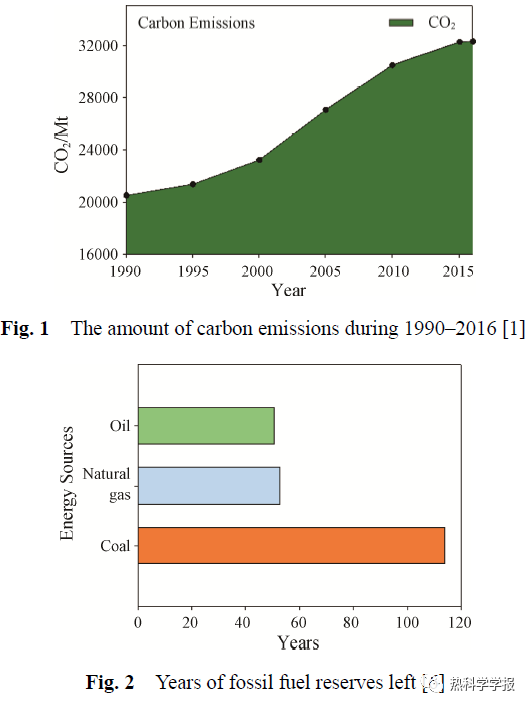
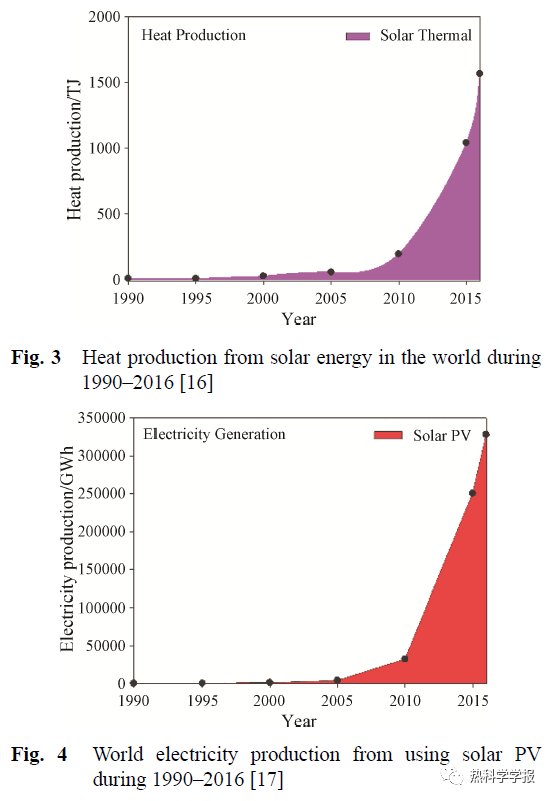
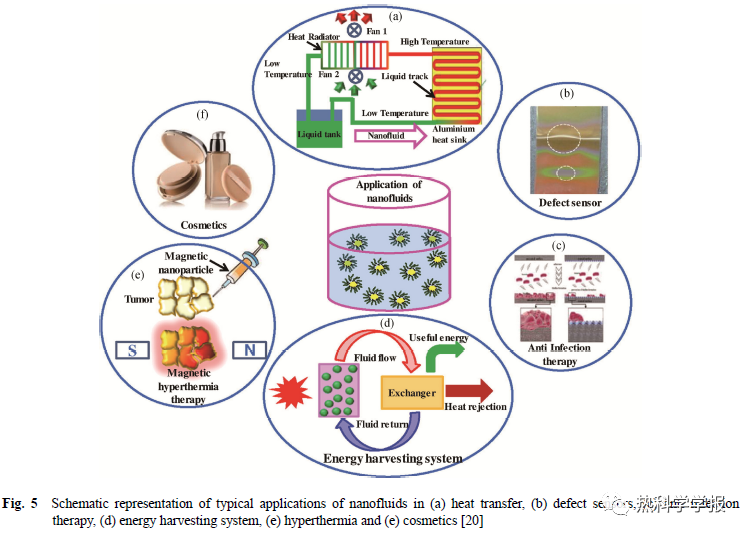
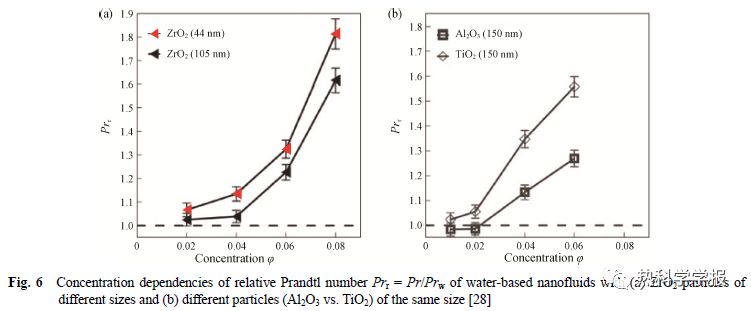
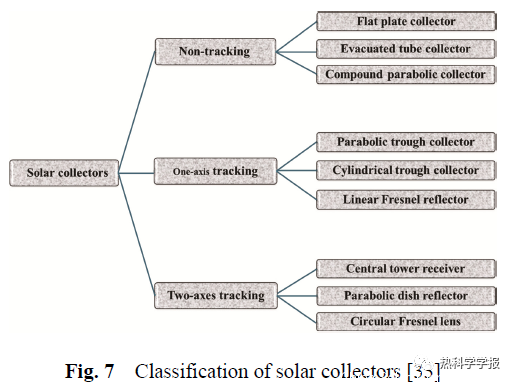
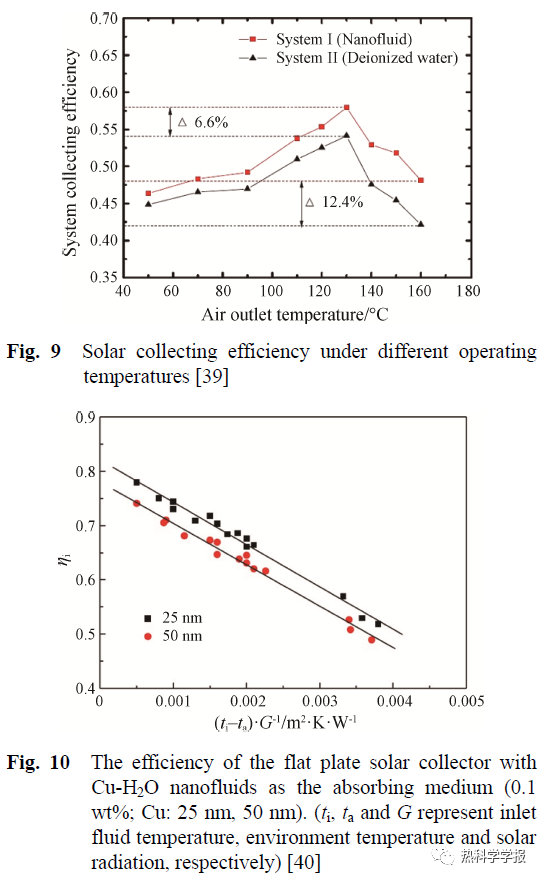
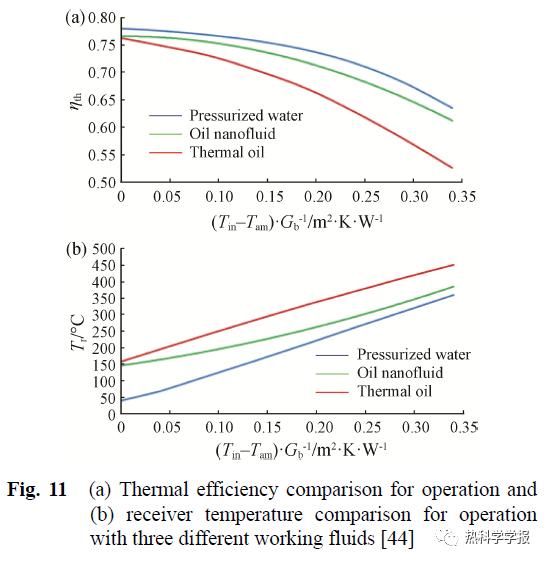
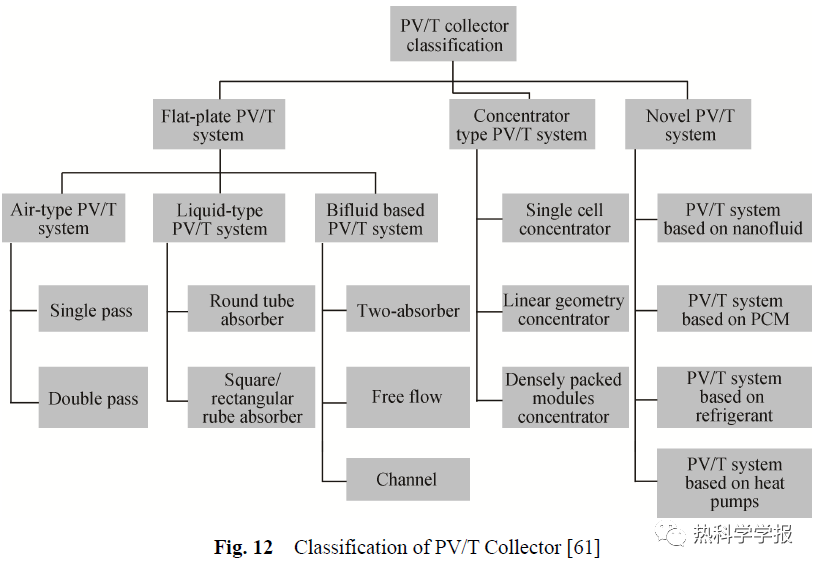
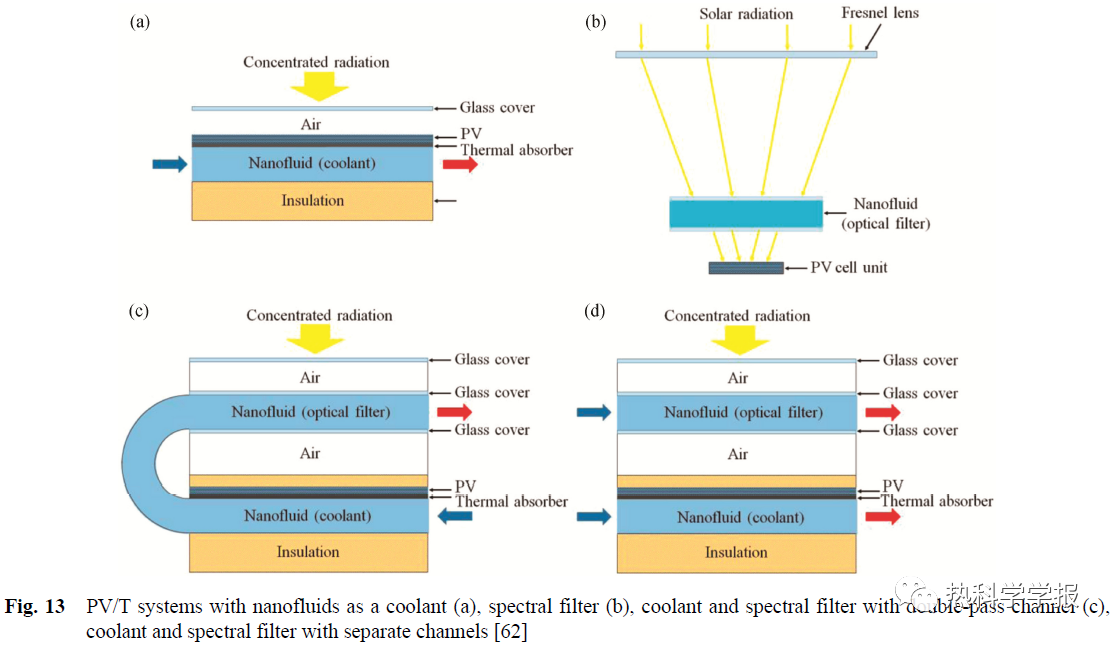
1. On the Use of Nanofluids in Solar Energy Applications
CUCE Erdem, CUCE Pinar Mert, GUCLU Tamer, BESIR Ahmet Burhaneddin
Corresponding author: CUCE Erdem
E-mail: erdem.cuce@erdogan.edu.tr
Journal of Thermal Science,2020,29(3):513-534
https://doi.org/10.1007/s11630-020-1269-3
Keywords: nanofluids, solar energy applications, thermal and electrical performance, COP,cost
Springer Link:


